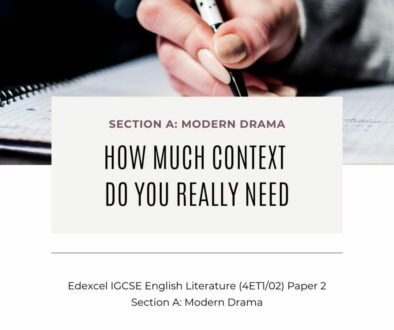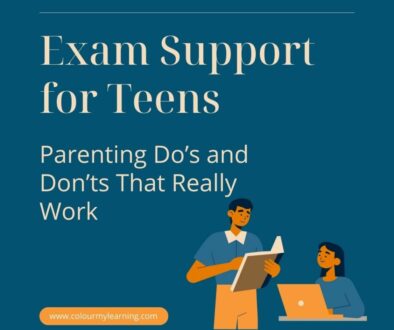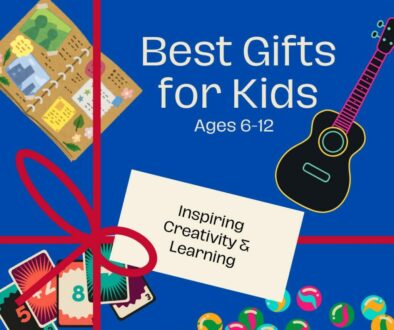10 Amazing Sensory and Activity Games to help your Pre-schooler Learn the Alphabet
Teaching young children the alphabet is a bit like inducting them in to a secret society.
‘You mean these weird shapes and squiggles actually mean something?’
For each of us to function effectively in society, it is essential and necessary to read and write; and therefore decipher the puzzle of the alphabet. For some of us, this comes easily, recognising different shapes and linking them to sounds; remembering that we have seen this somewhere else before and then recalling what it was related to. For some others, it may be a bit more challenging to understand, link up and recall what each letter means or sounds or how they contribute overall to the words on a written page.
Learning the alphabet in the English language and decoding the alphabet is both a skill and a practise of memory. The 26 letters that make up the alphabet need to be known in both upper and lower case and thereon, also the phonetical sounds and variations they make. It may also be debatable whether it’s best to learn the letters phonetically or to simply rely on the ‘sight-words’ method for early learning language.
Either way, active learning, that is being directly involved in an activity related to the content that is being learnt is a far more effective and efficient way of learning. To this end, there are many activities and games that will help a younger child, develop both his letter recognition skills and at the same time, indirectly develop their motor and physical abilities.
To a child, these are simply fun games to play. Isn’t that just the best way to learn?
Here is a list that will hopefully inspire you to try out with your pre-schooler.
Sensory Alphabet Activities
Sensory games mainly involve the physical senses of sight and touch. In these games, we are looking at offering the child a tactile environment in which she can attempt to draw or trace or create the outline or shape of letters (or even numbers). These can then be erased easily, allowing the child to draw and re-draw, practising with the same letter or a range of different ones.
1. Alphabet writing tray
Find an old tray, or get a new one (the IKEA Smula is a great one to start with, if you don’t have one lying around). You could also use old baking trays. Cover the surface with shaving cream, hair gel, sand, even sprinkles. Write, or print in large font the character or characters that you would like your child to focus on. Then, at first demonstrating how to draw the letter with your finger, then encourage your child to do the same.
What you will need:
- tray
- tactile material (shaving foam, sand or sprinkles)
- card with letter written or typed
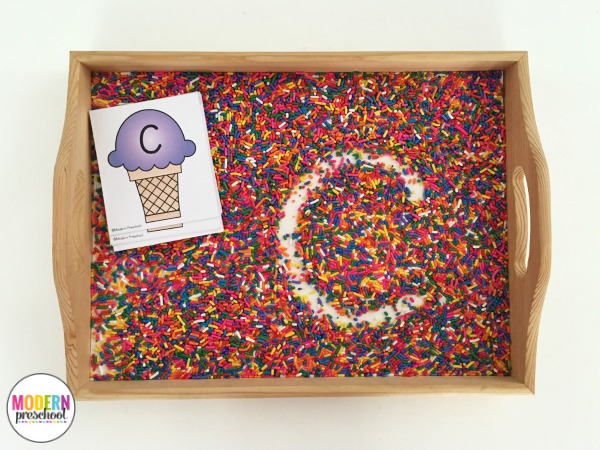
Visit Sprinkles Writing Tray – Modern Pre-school
2. Pipe cleaner letter formation
Shaping letters using pipe cleaners might not intuitively seem like a natural way to learn letters, but it does contribute significantly to letter recognition and helps to refine your child’s motor skills.
There are a number of ways to begin shaping letters out of pipe cleaners. The easiest of which will require a large size print out or written version of the letters you would like her to work on. Using this as a guide, show her how to shape the pipe cleaner so that it looks the same as on the print out.
For a younger child, perhaps have them use the print out as a guide upon which to shape the letter.
What you will need:
- card with letter written or typed
- pipe cleaners or crafting supplies
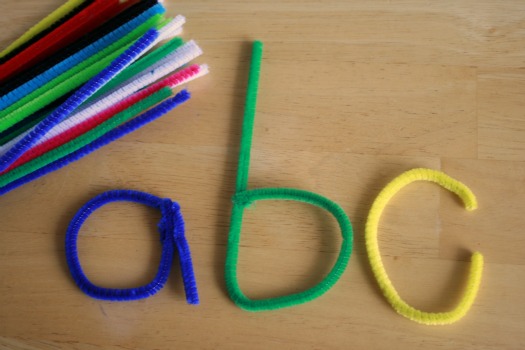
Visit Make and Takes – Pipe Cleaner Letters
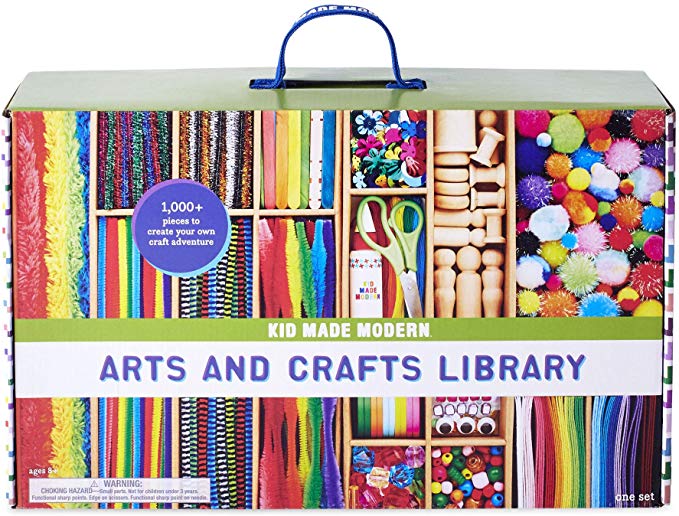
Letter Recognition and Sorting Alphabets
Learning to recognise letters by sight is a fundamental skill, essential to learning the alphabet. For a child new to the alphabet, it is perhaps advisable to focus on just a small number of letters first before slowly adding more to the mix. The following four activities focuses on letter recognition and enhances hand-eye coordination and indirectly encourages pincer grasps in preparation for pencil writing.
3. Alphabet beads for sorting
With several sets of alphabet beads, pick out repeated sets of 3 or 4 letters. Mix these up. On the bottom of the paper muffin cases, write a letter on each, corresponding to the letter you are focusing on. Have your child sort out the mixed up letters in to each muffin case.
If you have a younger child, do be mindful that the alphabet beads for jewellery making are really small, so magnetic letters or wooden block letters may be more appropriate.
What you will need:
- Alphabet beads, see below
- muffin tray
- paper muffin cases
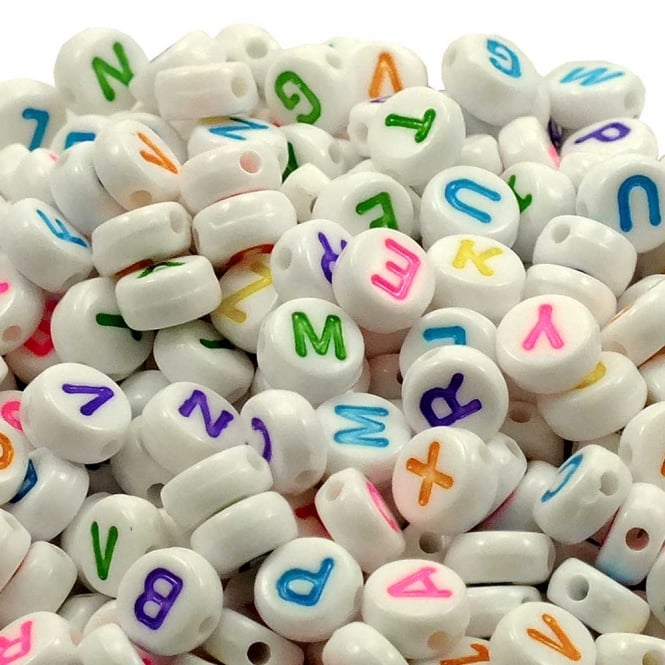
4. Alphabet beads for stringing
Similar to the activity above, this one also requires several sets of alphabet beads. From those sets, pick out a few letters and mix those beads all together. Set one out as an example, them have her find the others to thread on to the pipe cleaner.
What you will need:
- Alphabet beads
- pipe cleaners, see below
- paper muffin cases
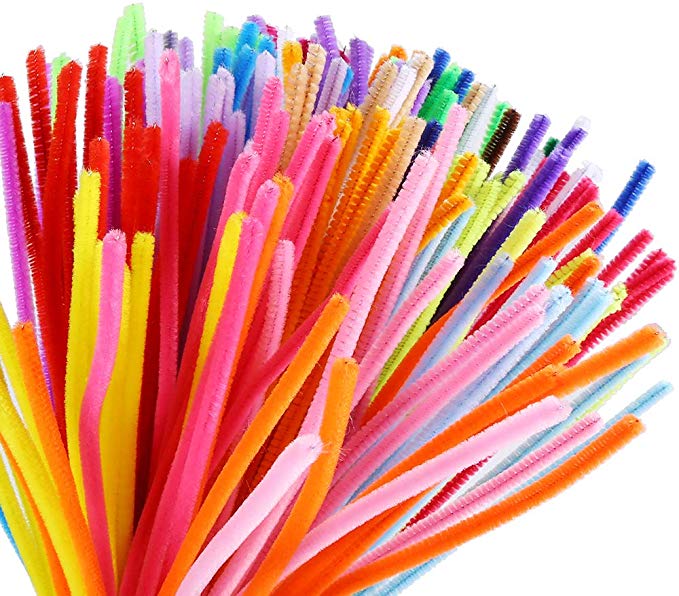
5. Letter matching game
Grab some note cards and have multiple sets of the letter that your child is learning. Then make a matching game using just 3-4 letters to start with.
A slightly older child might perhaps enjoy playing this game in a Go-Fish version, in which the cards and placed face down. Two cards are then turned over to see if they match. If they do, they keep the cards, if they don’t, the other person gets to go.
What you will need:
- Note cards
- Sharpie or permanent marker, see below

6. Spot the letter – Eye-spy style
If you have a younger child, this is a great game while you’re out and about. Choose one letter to focus on and then try find that letter everywhere you can.
You can even switch it up and look for both upper and lower case letters.
What you will need:
- great eye for spotting letters
7. Alphabet rocks or alphabet wood slices
There are many versions of this activity that you can try.
You can buy ready-made alphabet rocks or create your own with a pack of white stones and a sharpie.
Alternatively, use wood log slices for crafts. Draw and paint letters on them. Some of these natural wood slices come with pre-drilled holes, allowing you to hang them side by side or string them together.
For younger children, simply have them identify or pick out certain letters from a group of 3 or 5; or attempt a matching game. For the older child, you could encourage them to spell out 2 or 3- letter words, once they are familiar with the alphabet.
What you will need:
- alphabet rocks or
- alphabet wooden slices, see below
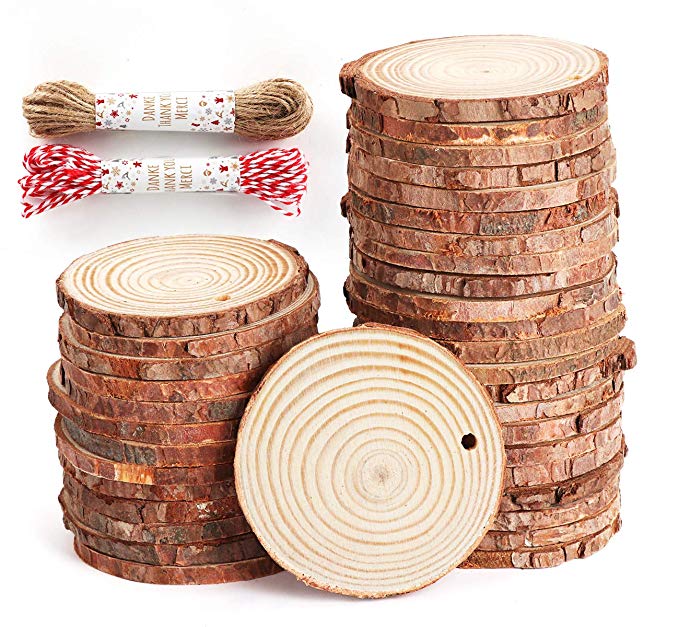
Delicious Foodie Alphabets
What can be more fun than literally eating what you want learn!
In the case of alphabets there are quite a number of ready made options – think Alphabet soup and Alphabet pasta, but if you and your child enjoy cooking and baking, you can always go the extra mile and make Jello Jigglers in letter shapes or even cut out cookies using Alphabet cutters.
8. Jello jigglers in letter shapes
All Recipes have a brilliant recipe for Jello Jigglers. Use alphabet cookie cutters to cut out alphabet shapes once the Jello has set. Make sure you press down and cut through all the way down to the bottom of the gelatine.
What you will need:
- 2 boxes of Jello (any flavour)
- 2 cups of boiling water
- alphabet cookie cutters, see below
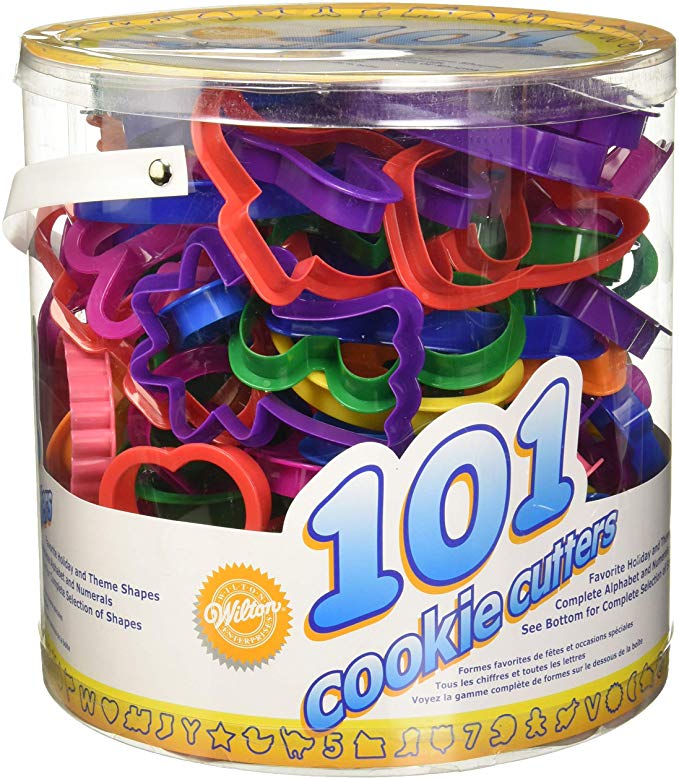
9. Alphabet cookies
Another option for delicious learning, alphabet cookies may need quite a lot of parental support and input for the younger child. It is definitely an exciting, interesting not to mention delicious way of learning to recognise letters.
This recipe on Epicurious will require up to 1 hours’ chilling time, so do take that in to consideration.
For the slightly older child, perhaps make multiples of the vowels and once baked, use the cookies to make short words.
What you will need:
- flour
- salt and sugar
- butter
- egg
- vanilla
- decorating icing and food colouring (if decorating)
- alphabet cookie cutter, see below
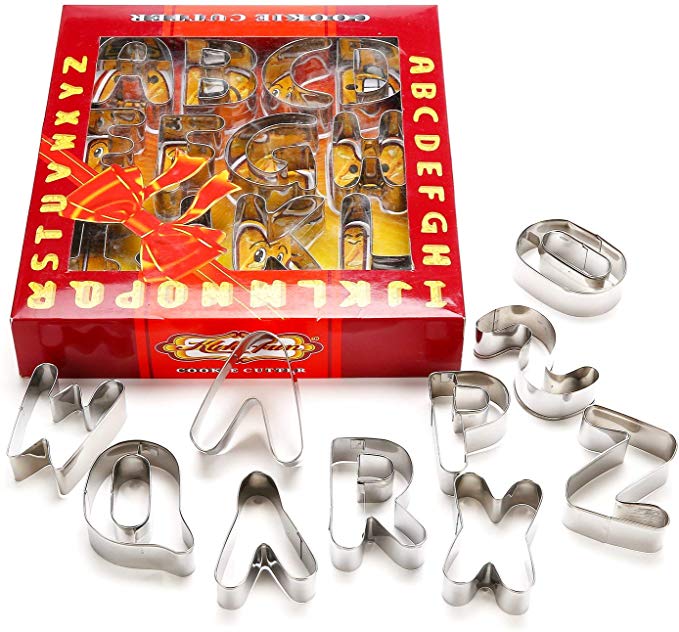
Alphabet Physicals
10. Alphabet hop-scotch
Draw a 5 x 5 grid of letters with pavement (sidewalk) chalk and she can jump to those you call out.
What you will need:
- Chunky pavement or sidewalk chalks

BONUS: Alphabet races
Stick two or more letters on the fridge and have her race to the right one. Or jump to the right one.
What you will need:
- card with letter written or typed
- sticky tape or magnet, or
- magnetic letters for fridge (below)
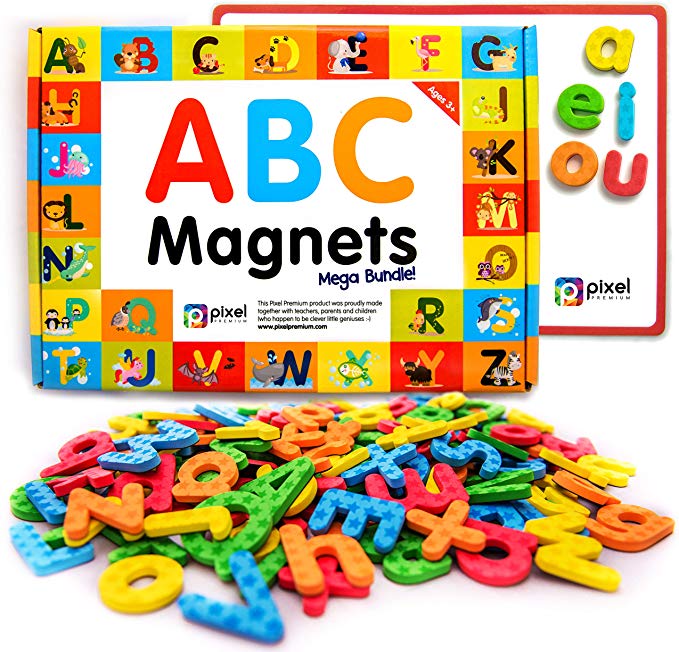
Learning the letters of the alphabet will come at different stages and at different times for different children. If your child is particularly interested, letter recognition may come more quickly. If not, remember, do not stress or worry too much.
Every child will over time, come to recognise letters, and if learning is imbued more with fun and excitement that with stress and frustration, the joy of learning will go a long way.
RELATED: How to Encourage the Reluctant Reader











